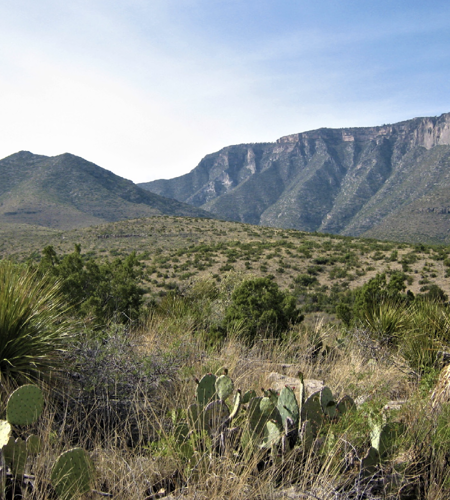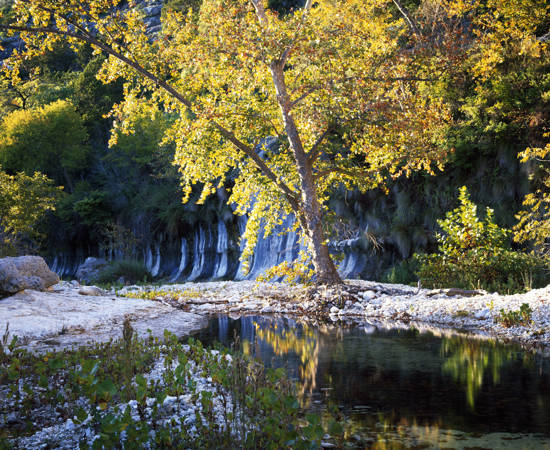

Texas is comprised of 142 million acres of private farms, ranches and forestlands, leading the nation in privately owned working land acres. These working lands are under increasing land conversion and fragmentation pressure. In response, the Texas Legislature created the Texas Farm and Ranch Lands Conservation Program (TFRLCP) in 2005 to protect agricultural lands in the state.
In April 2015, NRI evaluated the TFRLCP, a purchase of development rights (PDR) program, to determine the needed funding levels and target areas of opportunity for the state. This report provided science-based information to help the land trust community make the case for sustained TFRLCP funding and resulted in the program receiving funding for the first time since its establishment. In December 2016, a second report evaluated the effectiveness of the TFRLCP, following the implementation of the recently funded program. The report focused on the program’s return on investment, value of protected water resources and potential future demand for a PDR program. For more information on the TFRLCP program, see the TPWD program’s website.
Finalized in November 2020, NRI examined the conservation easements executed under the TFRLCP, specifically evaluating ecological and economic values secured through the protection of these properties as well as the fiscal efficiency of state funds to protect working lands with high agricultural value at a relatively low cost for state residents. Read the 2020 report, prepared by NRI, the Texas Land Trust Council and the Texas Water Resources Institute, here.
*Header photo taken by David Bezanson
-
Texas Farm and Ranch Lands Conservation Program: 2024 evaluation report
Sep 2024
Alison Lund, Addie Smith and Roel Lopez -
Texas Farm and Ranch Lands Conservation Program: 2020 Evaluation
Nov 2020
Alison Lund, Garrett Powers, Roel Lopez, Addie Smith, Lori Olson, Lucas Gregory -
Texas Farm and Ranch Lands Conservation Program Evaluation Report
Dec 2016
Texas A&M Institute of Renewable Natural Resources








